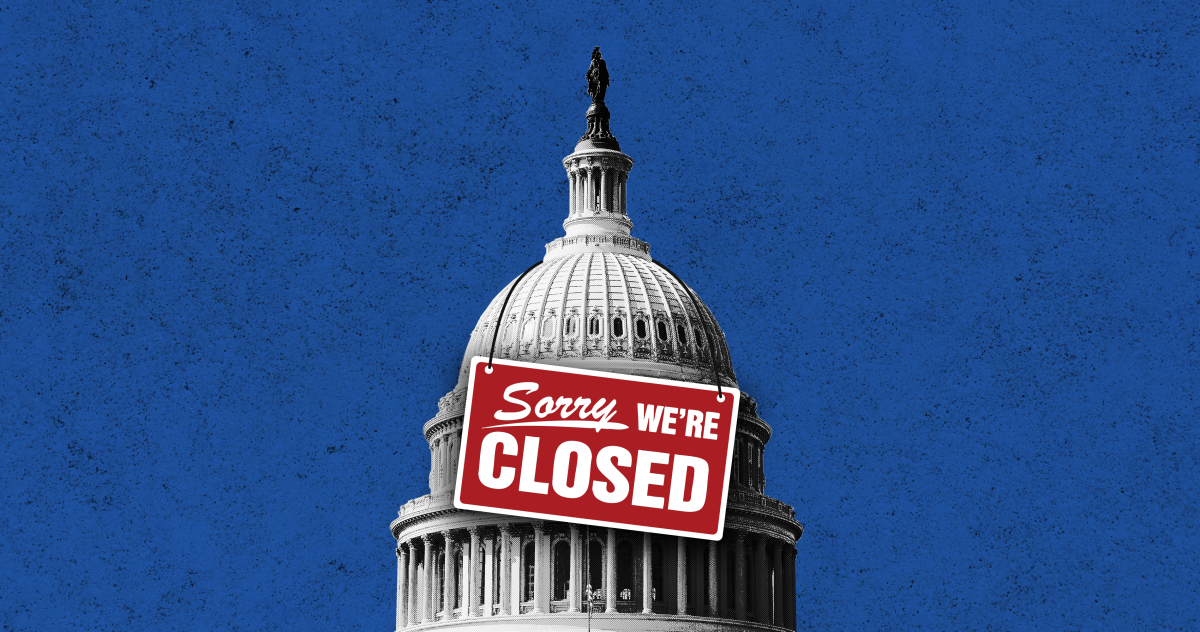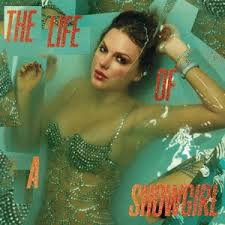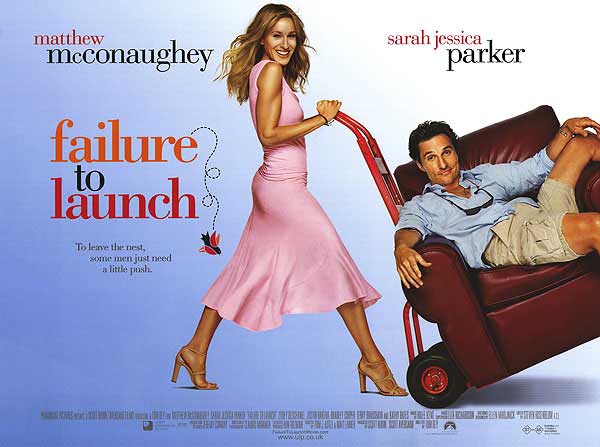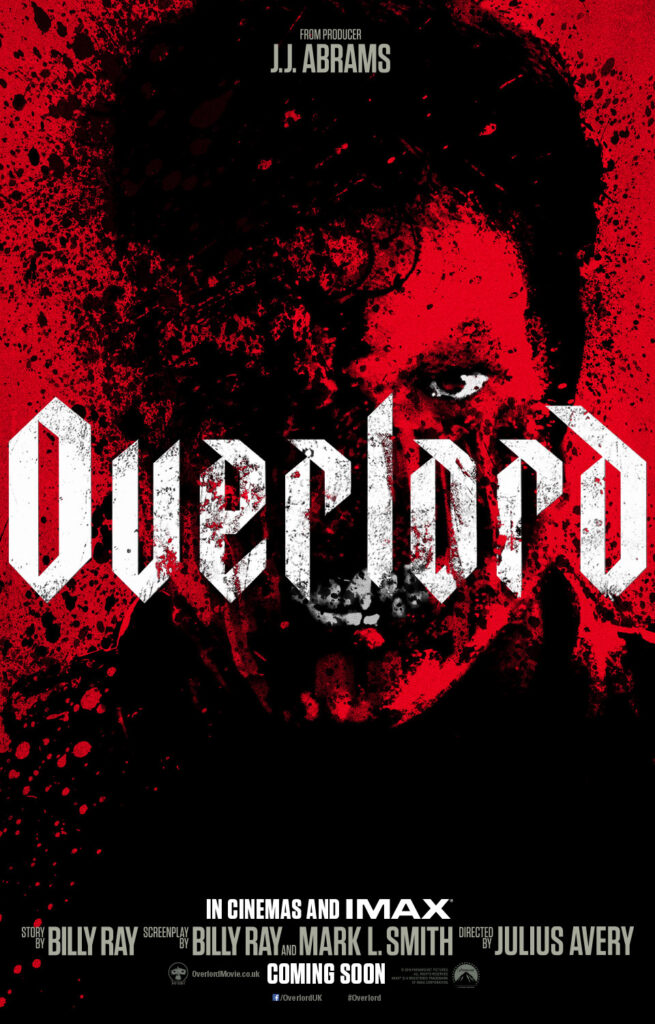Penalties on victimless crimes too harsh
A victimless crime is defined on google as, “a legal offense to which all parties consent and no party is injured.” Many crimes fall under the category of victimless crimes, such as vagrancy, prostitution, illegal drug use (marijuana and other substances), gambling, and many other minor offenses. They can also be lower level, such as driving without a seat belt and public nudity. The question persists: where do these offenses cross the line? Do people actually get harmed when these “victimless crimes” take place, and what is the correct punishment for said actions?
The incarceration rates in America are incredibly high as of right now. Prisonlegalnews.org claims that roughly 2.3 million people were incarcerated in 2006, and that number is steadily increasing. Our incarceration rate is over five times the rate in Japan, Australia, Canada, and Europe. Is this because we have a bigger population, or quite simply because Americans commit more crimes? The population in Europe is 741.4 million people currently, whereas the United States stands at 327.2 million people. Thus, it must be the difference in our legal process or the crime rates.
One of the biggest issues that continues to divide the United States today is the war on drugs. This is a failing campaign that is just exacerbating the issue of drugs in America. Nixon started this idea in the early 1970’s and it has been a rolling ball of destruction ever since. With the help of this bill, approximately 4 million individuals are arrested each year for victimless crimes. Around 750,000 people that are incarcerated in the United States are in for victimless crimes. For those who don’t care to do the math, that is around 33% of all people that are in prison today in the U.S.
What’s crazy to find out is that since the war on drugs began, drug usage by the common masses hasn’t increased, but the incarceration rates have. We’re punishing people for small possessions of substances with capital punishments. We should be punishing the kingpins, and getting to the root of the problem instead of punishing the replaceable pawns in the operation and ruining all chances at life they could ever have. Nixon’s plan has hurt the country and will continue to do so until we change our plan of action and have lesser punishment for minor offenses. While drug offenses account for around half a million people in prison, non-violent drug offenses play a big role in our very own federal prison systems.
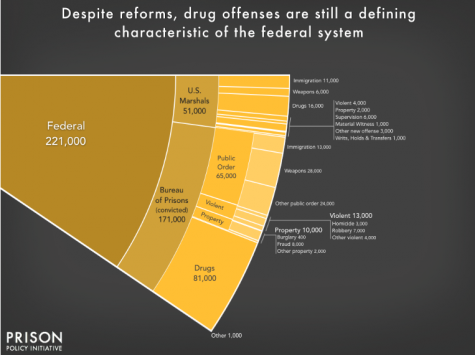
This graph depicts all of the people incarcerated or held at a federal level by the government, and the crime frequency rate out of the total number of people convicted.
The average cost to maintain the well-being of one prisoner in America each day in 2017 was $88.52. Think of all the people currently being held in prisons, and multiply that number by the cost per day. That’s a big number. Now think about this: $40 billion a year goes into the prosecution of victimless crimes and consensual crimes. Yes, they are guilty of committing a crime. Yes, they broke the law. Even so, it’s illogical to spend so much money on trivial cases when we have more important things as a collective to worry about.
Take prostitution for example: for some people, it’s their livelihood. It is not an occupation to be condoned, but it is the harsh reality of our world. Girls are being prosecuted for selling themselves, when just as many men (if not more) are looking to complete a transaction with them. If the prostitutes are to be hurt or attacked during their time with a customer, they cannot report it without going to jail themselves and typically serving more time than the attacker. This is why many victimless crimes go widely unreported. Many people claim that it is an “occupational hazard” in the prostitution business that can befall anybody in that industry. That is a grotesque form of victim blaming, and in no way is it a sound or viable argument. There is never a time nor a place where that should even be considered an “occupational hazard” under ANY circumstances. Victimless crimes like prostitution may be frowned upon, but to some it’s their only option. We should not be severely punishing the aforementioned people, we should be out trying to help them achieve a better life.
Another thing: the federal system as a whole is unjust. Here’s an interesting fact for you: crack and cocaine are relatively the same substance, besides the concentration and physical nature. Crack users are at a higher risk of receiving a life sentence than powdered cocaine users. People with lower socioeconomic statuses are more likely to obtain crack than cocaine, because crack is cheaper. Typically racial minorities are a part of lower socioeconomic statuses, targeting people of color predominantly when charging with drug charges. Higher education and higher incomes make people less likely to use crack, and more susceptible to cocaine use. On the bright side, the federal government has taken these disparities into consideration and proposed the Smarter Sentencing Act of 2014. It focused on reducing the populations in federal prisons, and how the insurmountable numbers of people in the system strain the government funding toward said prisons. The justice system’s racial sentencing disparities are heavily prevalent in today’s world, but hopefully with time that will bring about a newfound change and promote equality for everyone, once and for all.
For some victimless crimes, the punishments should be less severe, or even nonexistent. This certainly doesn’t go for all victimless crimes, but the ones where it truly is not harming anyone else. Alas, this is where the area begins to grey. The severe criminalization of certain actions can ruin lives forever and stain permanent records forever over minor offenses. People do what they need to to make a living and survive in the harsh world we live in. Our federal court systems and police should focus most of their time and effort into life-endangering and threatening crimes, verses matters that sometimes could be considered trivial. For example, organized crime, murder, and other major offense crimes are in high rates constantly. The time and money going into pursuing victimless crimes and punishing the perpetrators can go into more effective programs, such as rehabilitation and crime prevention. These programs could actually contribute to reducing crimes, instead of needlessly ruining people’s lives.
All of this is relative, depending on what you classify as a victimless crime. Everyone has a different definition, and there will always be people that disagree. Even if we can’t see eye to eye on this, something simply must change in the government so the United States can start a new chapter. Some of the laws in our governmental system are archaic and corrupt, and this in turn can cause disastrous effects on people and rulings. The incarceration rates in the United States are becoming unmanageable as a whole, and soon we won’t have the resources to pay for it all. It’s time for the United States to take a step in the right direction as a collective and change the system. People are precious, amazing, and unique individuals, and everyone deserves a second chance at a better life.

Elizabeth is excited to be a returning for her second year of Parnassus. She is a senior at Delphi Community High School. She loves walking her dogs, watching...


